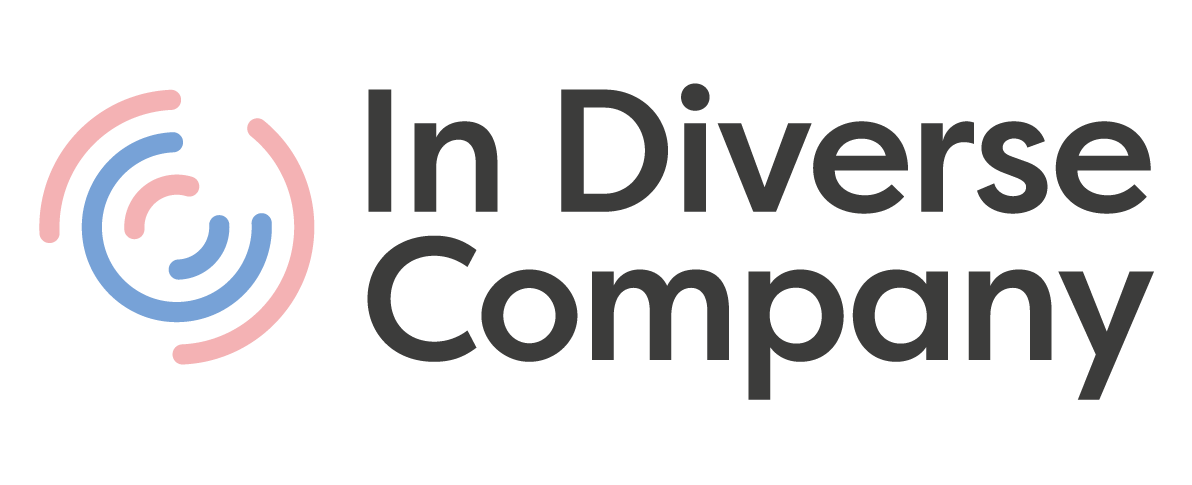By Caitlin Bethell, Head of Psychology
Employee Resource Groups, or ERGs, have been embedded into corporate cultures since the 1970s. They are often also referred to as business networks or affinity groups, where people come together around a shared identity such as race, gender, age, or mental health. They serve as a place for individuals to talk, collaborate and feel a sense of belonging. Those attending will also find other underrepresented employees and experience a safe space from the daily challenges they face as employees.
ERGs are led by employees in an effort to foster a supportive environment and to enhance company policies around diversity and inclusion. They have many benefits, such as:
- Developing community partnerships
- Boosting innovation
- Encouraging professional development
- Cultivating mentoring
- Providing cross-functional teamwork
They offer a place where people have a voice. However, having ERGs within organisations can create a false perception that an organisations cultural problems are solved. Leaders may think that because they have these groups covering the underrepresented employees in their organisation that they no longer have diversity and inclusion issues. The problem then lies with – they can see they have got a diverse workforce, but where they start failing is at the inclusion level.
ERGs, even though they are run well, are generally set up by volunteers within organisations. This happens because these individuals feel underrepresented and need a safe space where they can share their lived experiences. Due to ERGs being led by volunteers, more often than not they have a lack of, or no budget – meaning being able to run events can become difficult if they are unable to bring in external speakers, or provide tea and coffee to attendees. Volunteers are also doing this in addition to their full-time jobs which can lead them to miss out on other career opportunities.
The lack of budget can also be due to having no buy-in from senior leadership. For ERGs to work in a positive way, they need to have direction from their Executive Team. The individuals in leadership roles need to have interest in these groups and be able to support them, provide them direction and ensure that the groups doings align with corporate objectives. Often ERGs are set up to create positive change and engagement within specific groups within an organisation. If their direction moves away from the overall company goals, or with a lack of executive buy-in, this can cause them to fail.
Finally, ERGs don’t work because they can hinder inclusion and culture change conversations from happening in more holistic settings. They can strengthen divisions and silos within organisations. Through groups being set up for a certain group of people, we cancel out intersectionality and begin to label individuals as a specific, rather than a complex being. People can begin to feel excluded from ERGs because they don’t fit in a descriptor which then moves organisations away from what they are trying to achieve by becoming more inclusive. For example, a man may feel that he is unable to join a “women’s network” even though he wants to be an ally.
ERGs have their place in corporate cultures. They provide a safe space for individuals to share their stories with people who understand those experiences. But we need to get them to a point where everyone can feel included within them. Senior leaders need to offer their support to these groups, if they want to engage other members of the organisation. They need to show that even if they don’t ‘fit’ into the group that they are willing to listen and learn and encourage others to do so too. By being involved and engaged, they demonstrate that they want to drive the change into creating more diverse and inclusive workplaces.
_
In Diverse Company offers bespoke consultancy where we can review the polices, processes and networks within your organisation to help you become more inclusive. To find out more, get in touch at info@indiversecompany.com.
Photo by Canva
Liked this article? Share it with your network:
Senior leaders need to offer their support to ERGs, if they want to engage other members of the organisation. They need to show that even if they don’t ‘fit’ into the group that they are willing to listen and learn and encourage others to do so too.






